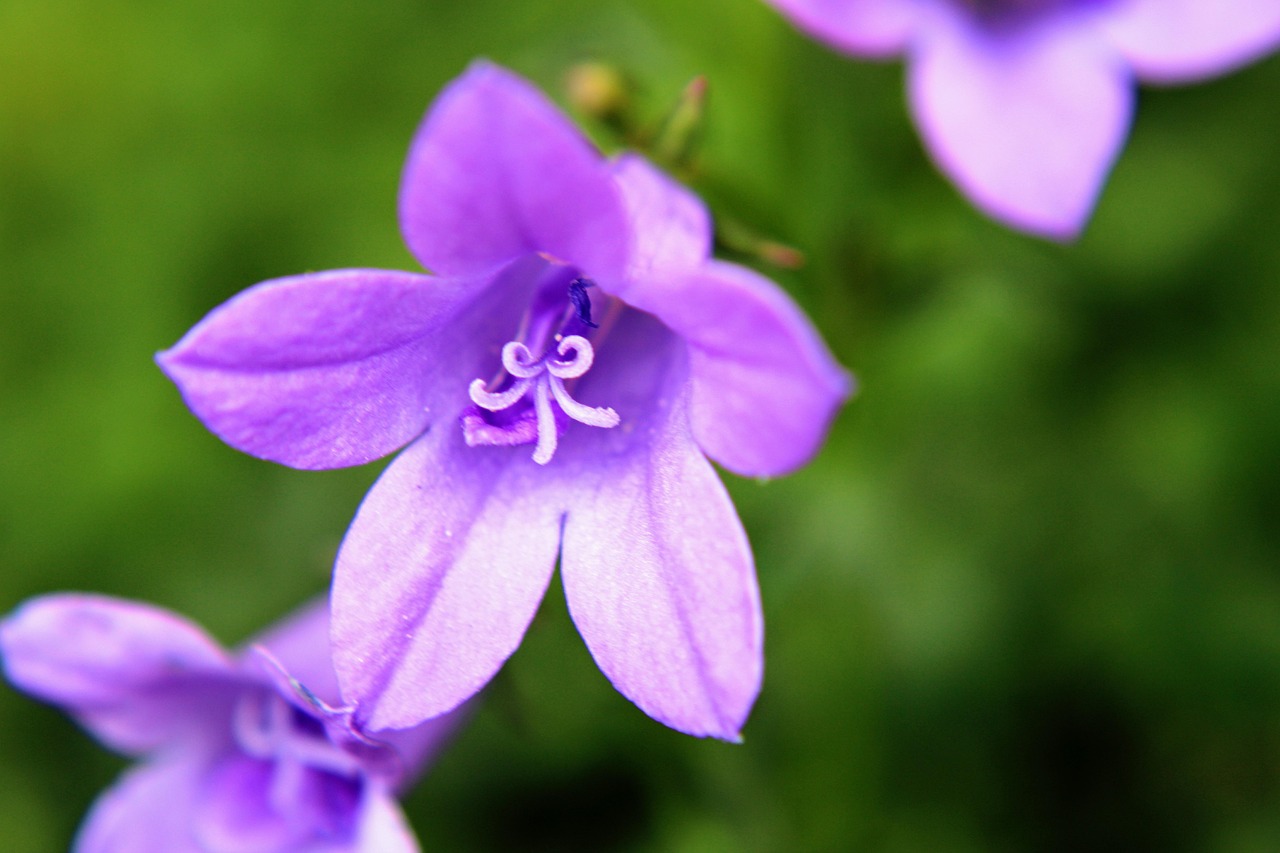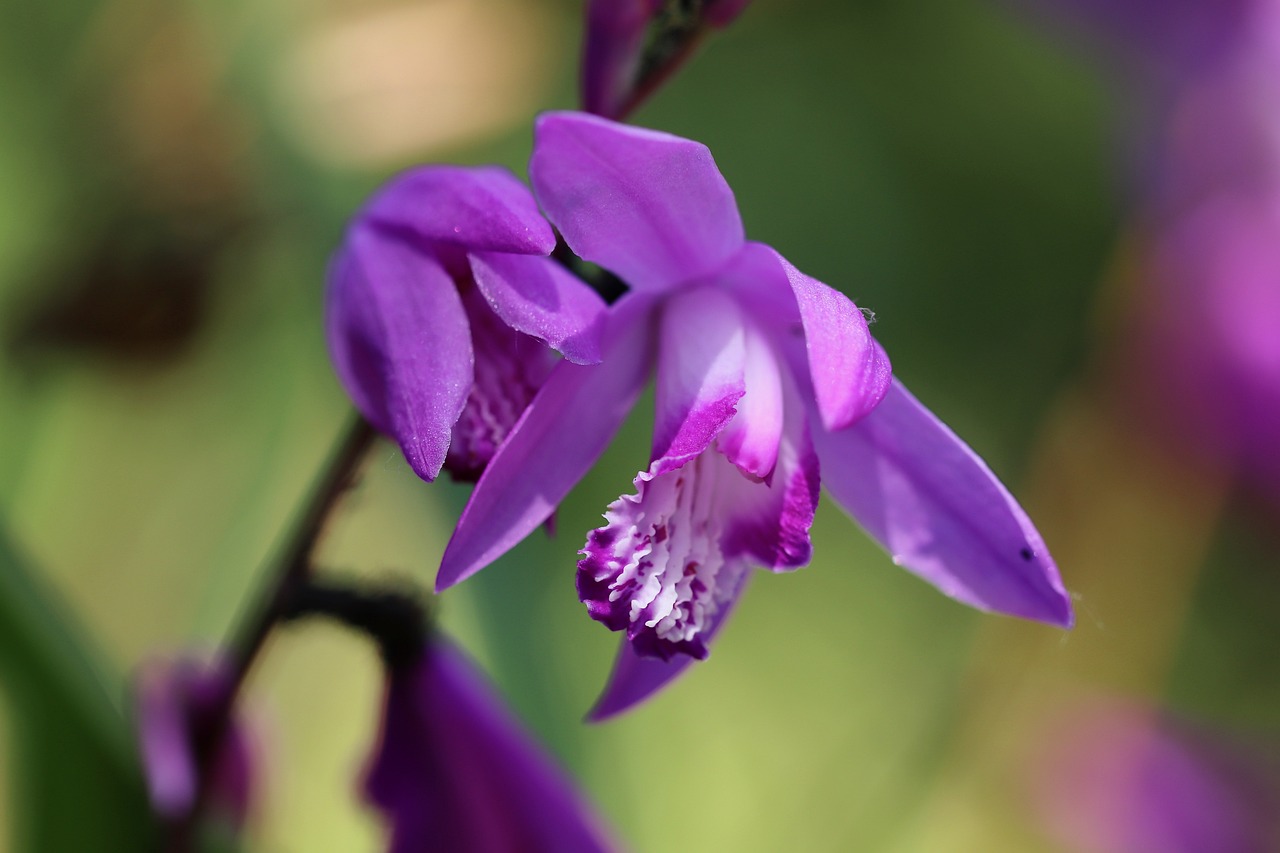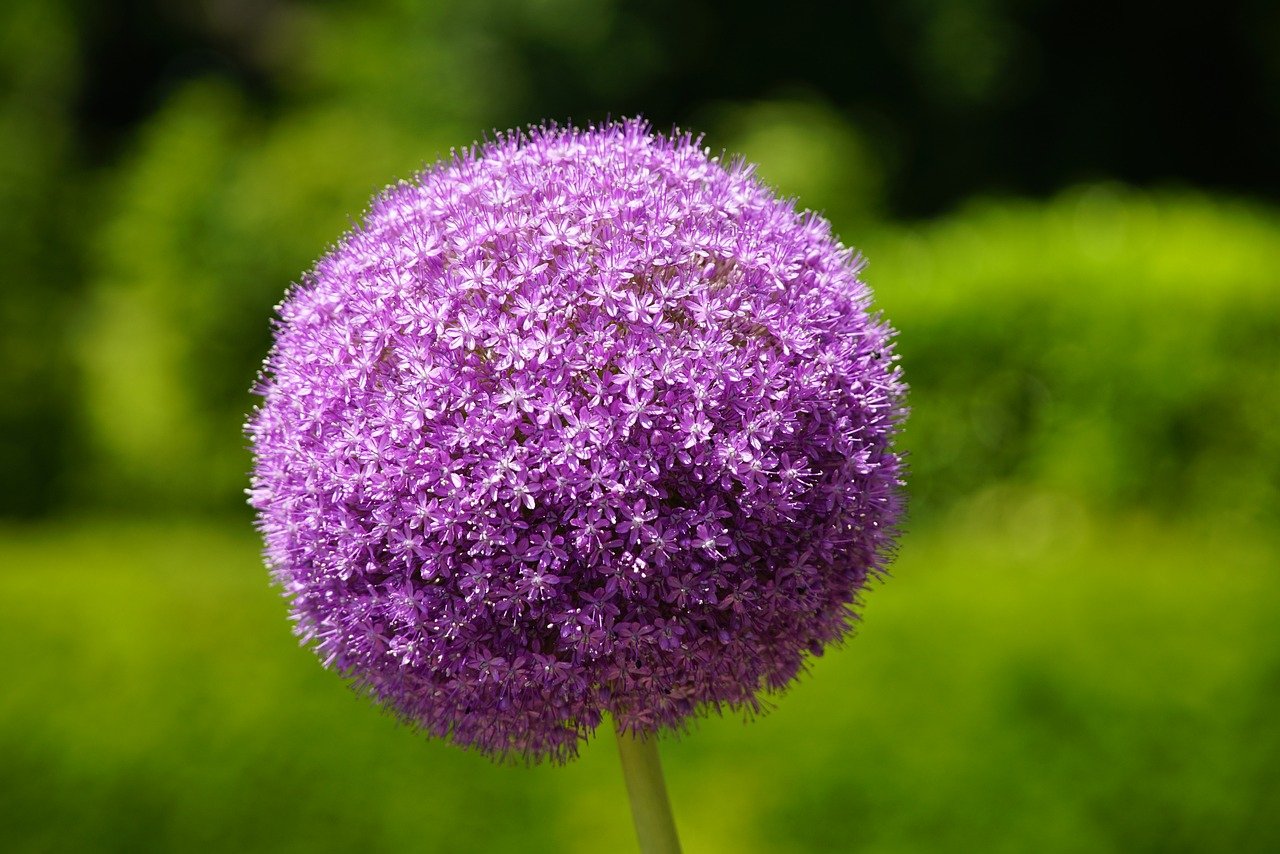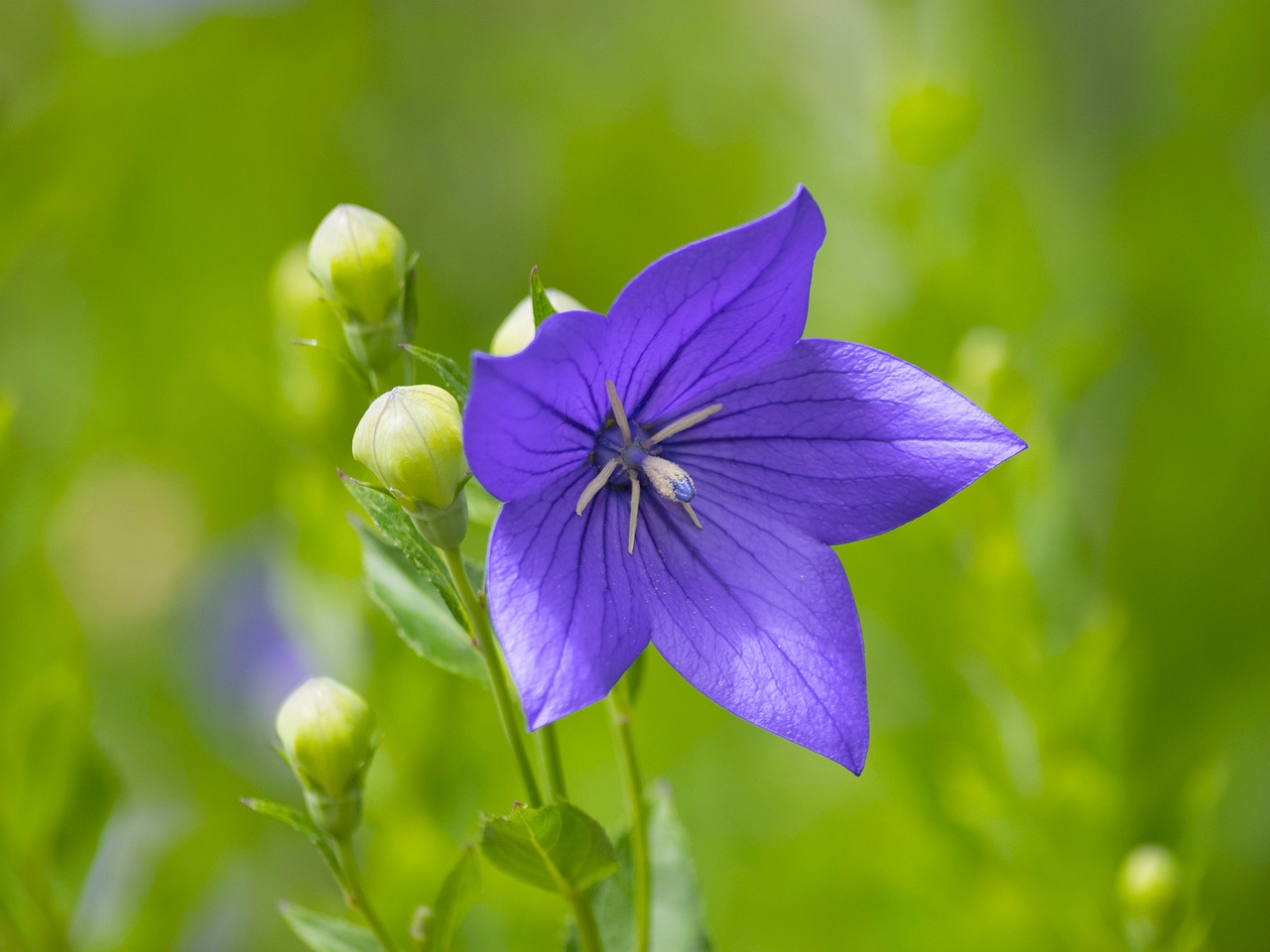Cotton | A Gift of the Earth Bearing White Clouds
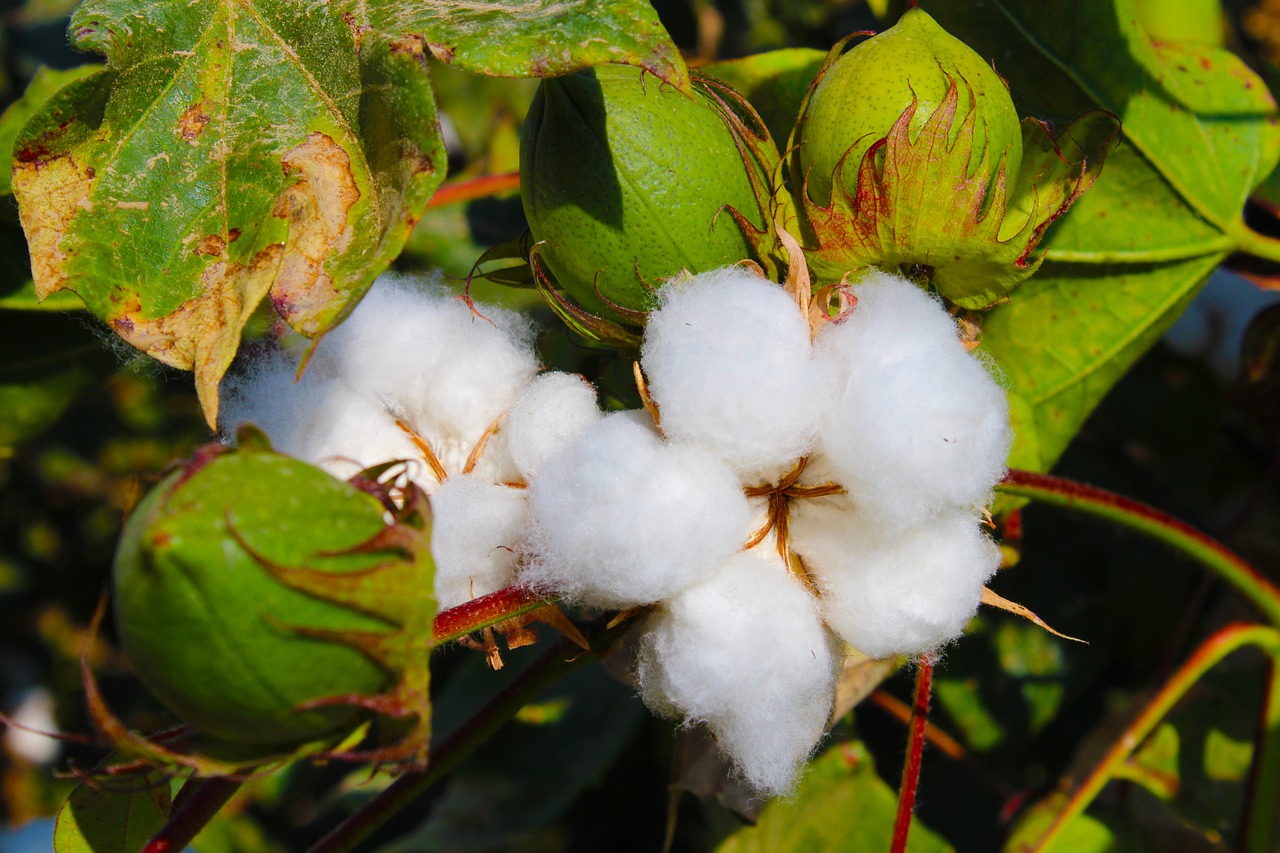
Cotton is widely recognized for its soft white fibers and has been used around the world since ancient times as a raw material for clothing. It is also beautiful as an ornamental plant and remains popular in gardening.
In this article, I introduce the essential facts about cotton, its cultural significance, history, and key points on how to cultivate it.
Basic Information
- Scientific name: Gossypium spp.
- Family: Malvaceae
- Origin: Tropical and subtropical regions (mainly India and the Americas)
- Appearance: Cotton produces yellowish-white or pink flowers. After flowering, the fruit develops, and eventually the brown capsule splits open to reveal white fibers. Plants grow 1–2 meters tall with a strong, spreading form.
- Flowering season: From summer to autumn, with harvest of cotton fibers in autumn and winter.
Cultural Characteristics Around the World
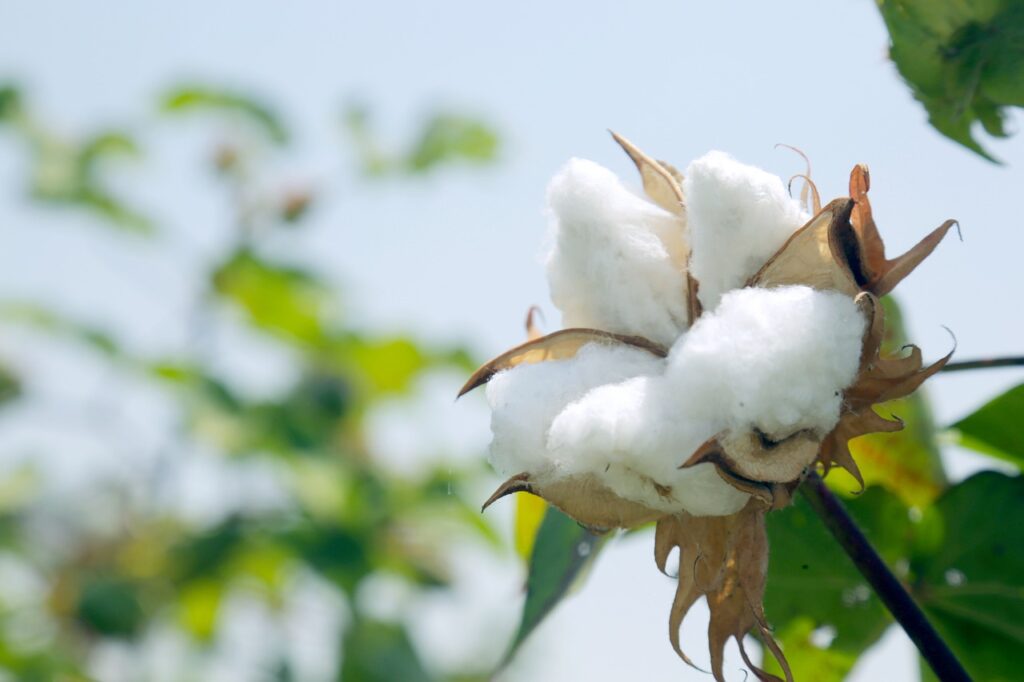
Cotton has been cultivated since ancient times in India and Egypt as a textile fiber, deeply rooted in the clothing culture of each region. Egyptian cotton is especially renowned worldwide as a high-quality material.
In India, handwoven cotton cloth known as khadi is symbolic and widely recognized as a traditional craft.
In the southern United States, cotton has historically been an essential crop and remains vital to agriculture and the textile industry. In South America, traditional garments often incorporate cotton, linking the material to regional identity and folk culture.
In Japan, cotton is also appreciated as a garden plant and craft material, showcasing its versatility and global appeal.
Historical Background
Cotton is believed to have been cultivated around 3000 BCE during the Indus Civilization.
In India, cotton textiles developed and spread globally as “Indian cotton.” In Egypt, cotton was grown in fertile lands along the Nile and became indispensable for clothing in ancient Egyptian civilization.
When cotton reached Europe, its soft and lightweight fabric gained popularity, leading to demands for mass production.
During the 18th-century Industrial Revolution, technological advances in cotton processing made large-scale machine weaving possible in Britain. This further increased global demand, making cotton a crucial element in international trade and world economics.
In the southern United States, cotton cultivation relied heavily on enslaved labor, which not only supported the economy but also became a driving force in the anti-slavery movement, leaving a profound social impact.
Gardening Advice
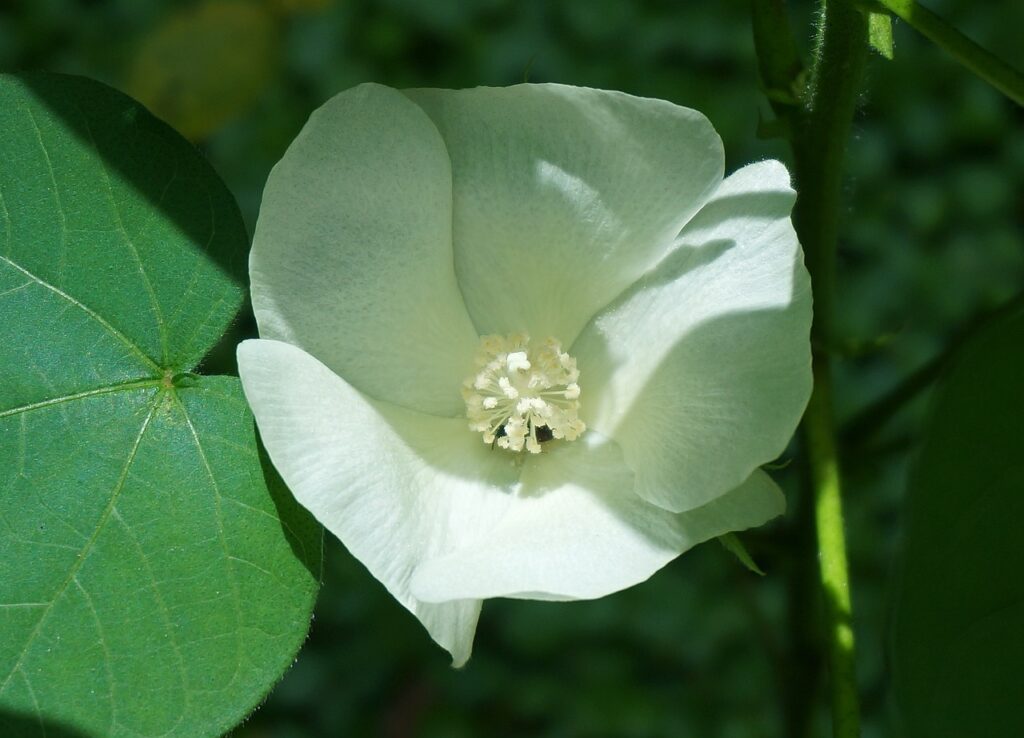
Cotton thrives in sunny locations, so planting in a spot with plenty of light is ideal. It prefers warm climates; therefore, planting in spring and allowing growth through summer and autumn is recommended.
As cotton has a strong root system, planting deeply and leaving ample spacing between plants ensures stable growth. Water generously when the soil surface dries, especially during the summer, while being mindful of drought.
Applying fertilizer regularly during the growing season promotes healthy flowering and fruiting.
In autumn, the bolls naturally split open to reveal white fibers, which can be harvested for crafts and decoration.
In colder regions, it is advisable to harvest before frost and manage the plants indoors.
Conclusion
Cotton is a plant admired for both its beautiful flowers and its white fibers. It can be grown ornamentally while also offering enjoyment through harvesting and crafting.
As an essential material for clothing and handicrafts, cultivating cotton allows me to appreciate its growth and transformation firsthand.

